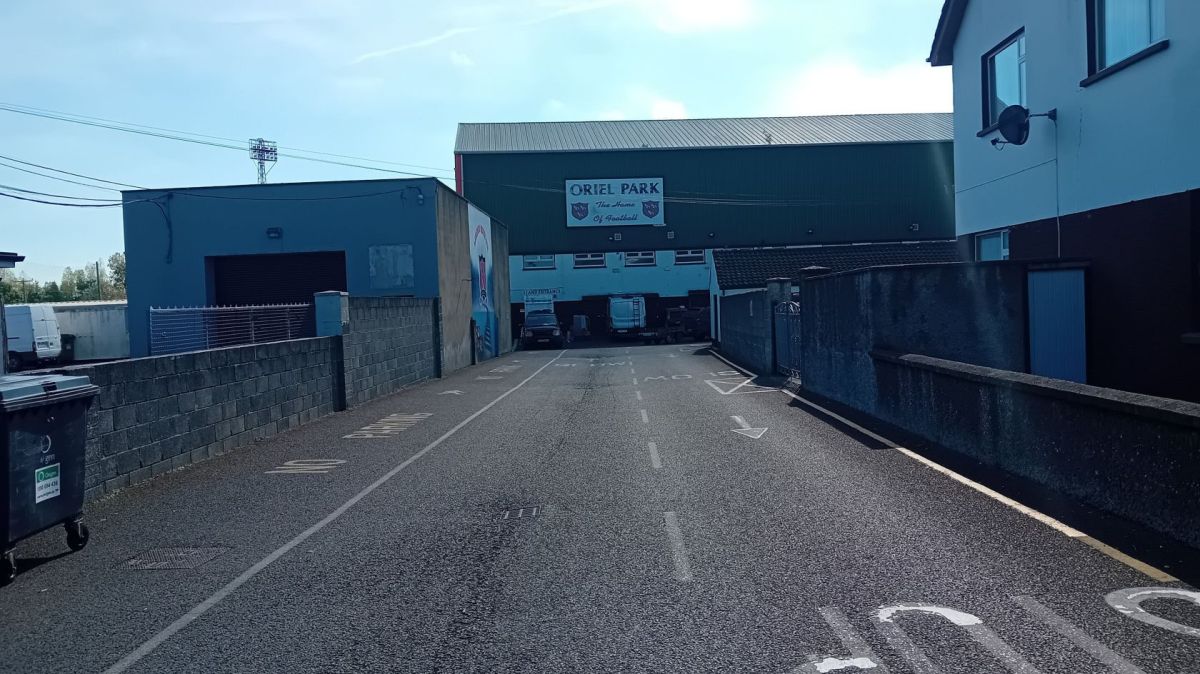Two first-time parents in County Fermanagh have successfully fledged one chick, marking a significant milestone. The Northern Ireland Raptor Study Group (NIRSG) and the RSPB have hailed the event as the return of a species absent for generations.
White-tailed eagles, once a native part of Irish wildlife, became extinct in Ireland in the late 19th century. Also called sea eagles, they are the UK’s largest bird of prey, standing nearly a meter tall with a wingspan of up to 2.4 meters and a characteristic white tail, earning them the nickname “flying barn doors.”
The Golden Eagle Trust (GET) and National Parks and Wildlife Service (NPWS) began reintroducing white-tailed eagles to Ireland between 2007 and 2011, aiming to establish a stable population. One hundred eagle chicks were brought from Norway and released in Killarney National Park, County Kerry. To strengthen the population further, additional young birds were released across Ireland in 2020.
An exciting time as White-tailed Eagles have bred for the first time in Northern Ireland in more than 150 years! 🦅
— RSPB NI (@RSPBNI) September 27, 2024
News of this amazing discovery has been welcomed by @NIRSG and @RSPBNI
📸Marc Ruddock, RSPB Images pic.twitter.com/kM6IeGkXK6
Each released bird was wing-tagged with color codes corresponding to their birth year and tagged with satellite trackers for location monitoring. The two eagles that bred in Northern Ireland, both just four years old, were released near Lough Derg, County Tipperary, in 2020 as part of the second phase of the reintroduction program.
The wetlands, woodlands, and farmlands of County Fermanagh have been identified as ideal habitats for the species.
Dr. Eimear Rooney from NIRSG described the thrill of discovering the chick earlier this year.
“The breeding of this eagle species in Northern Ireland restores a once-lost native, emphasizing the importance of habitats like wetlands, woodlands, and farmland for raptors,” she said. “We had clues from satellite data suggesting nesting, but with young eagles, nothing is certain. The adrenaline rush when I first saw the chick and confirmed their successful breeding was indescribable.”









